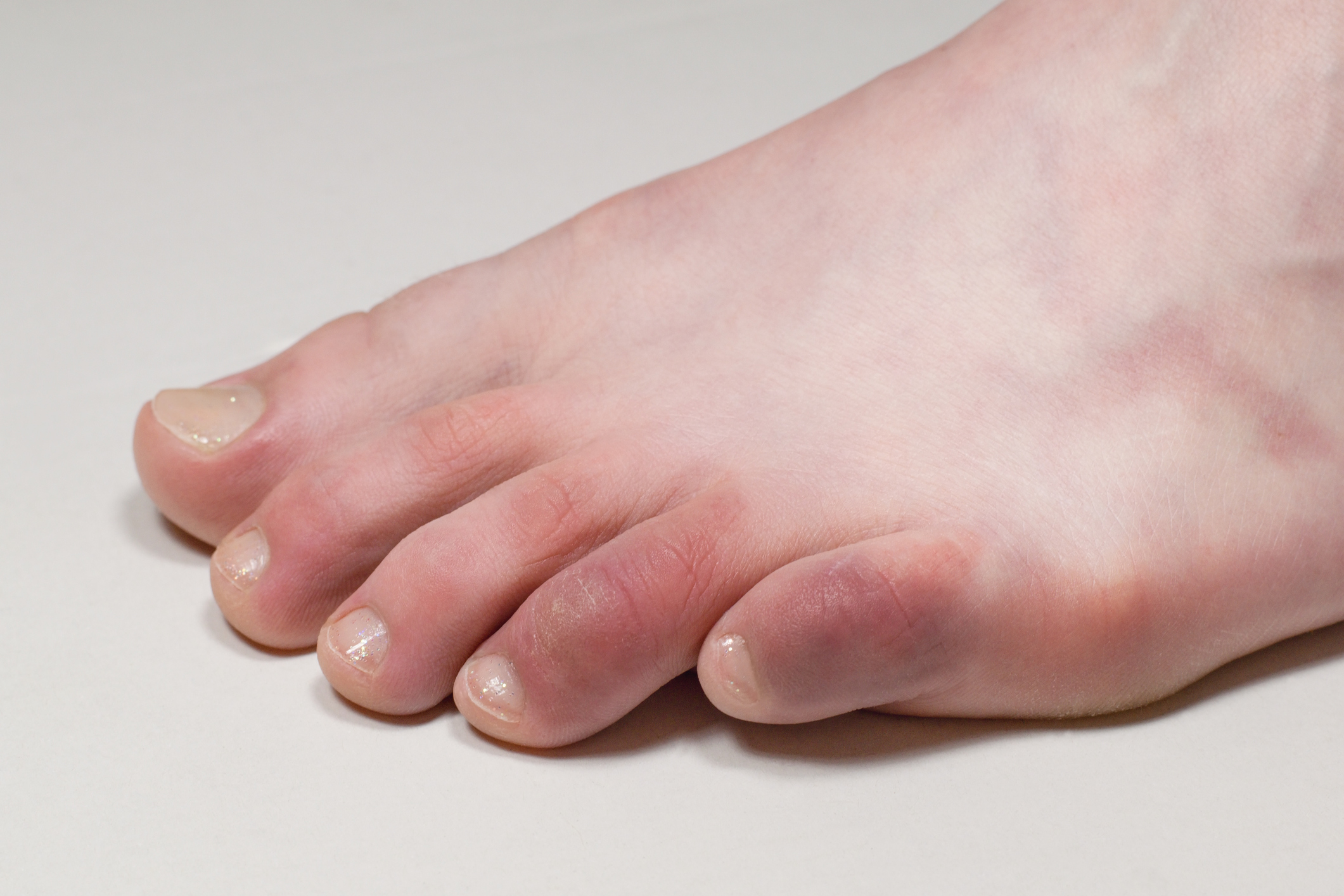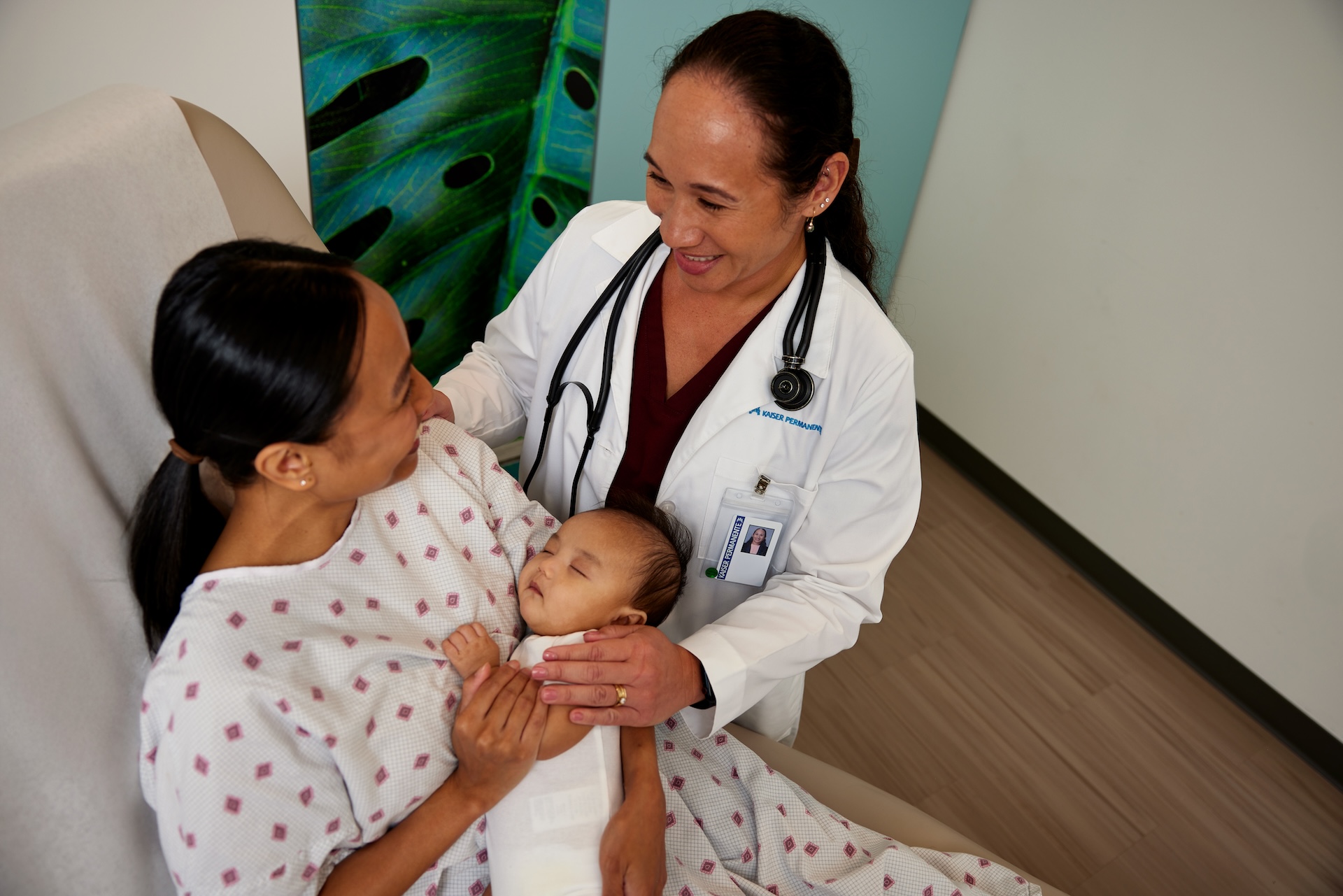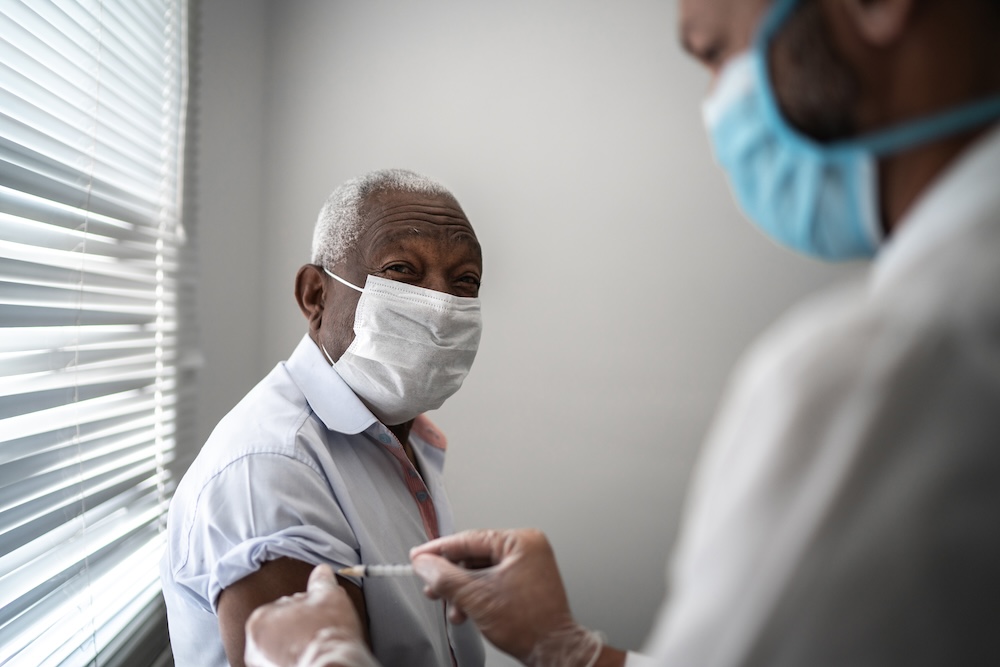Kaiser Permanente study suggests increased incidence of chilblains — or, COVID toes — during pandemic was related to behavior changes, not coronavirus
In the midst of the pandemic, an unusual number of patients began reporting the red, itchy toes that are the hallmark of chilblains. Many initially assumed it was a symptom of COVID-19. But new research from Kaiser Permanente suggests the increase in chilblains was more likely related to behavior changes that occurred during the pandemic — not the coronavirus.

The study, published June 23 in JAMA Dermatology, found that only 17 of 465 patients with chilblains seen in Kaiser Permanente Northern California during the pandemic tested positive for COVID-19. Of these, just 9 tested positive within 6 weeks of a diagnosis of chilblains.
“Like other dermatologists, we began to see an increase in patients with chilblains during the pandemic,” said the study’s lead author Patrick McCleskey, MD, a dermatologist with The Permanente Medical Group. “At the same time, we were hearing reports from Italy about a spike there as well, so it made sense to think it could be a symptom of COVID. But our study shows that while the increase was real, it was not showing up in people with COVID-19 or in groups at highest risk for COVID-19.”
Chilblains, also referred to as pernio, is a painful inflammation that occurs when the small blood vessels in the skin are exposed to cold temperatures. It usually affects the feet and hands, which become red, itchy, or swollen.
The media attention to ‘covid toes,’ along with general anxiety about COVID, likely led more people to contact their doctor.
— Lisa Herrinton, PhD
The retrospective study compared the incidence of chilblains from April to December 2020 with that same period in 2016 through 2019. The researchers also compared the number of COVID-19 cases in a particular month with the number of chilblains cases that occurred in the following month. There were 780 chilblains cases from April to December 2020, a significant increase over the 539 total cases seen in the same months from 2016 to 2019.The analysis showed the incidence rates of chilblains during the pandemic was slightly higher when and where incidence rate of COVID-19 was slightly higher, but the correlation was weak and not consistent with other aspects of the data. For example, the incidence of chilblains was 3 times higher in Asian-American and white patients than in African American and Latinx patients, while Latinx patients had the highest incidence of COVID-19.

“If the coronavirus was causing chilblains, I would have expected our analysis to show higher numbers of chilblains among the groups experiencing higher rates of COVID-19,” said the study’s senior author Lisa Herrinton, PhD, a research scientist at the Kaiser Permanente Division of Research.
The study could not say precisely why more patients were developing chilblains, but Herrinton and McCleskey have a few hypotheses. “The media attention to ‘covid toes,’ along with general anxiety about COVID, likely led more people to contact their doctor,” said Herrinton.
Adds McCleskey, “During the winter, people who would normally be at work or school with shoes and socks on were home barefoot, exposing their feet to the cold. The findings are a good reminder that it’s important to keep your feet and hands warm.”
This study was funded by The Permanente Medical Group Delivery Science and Applied Research program.
Co-authors include Liyan Liu MD, MSc, of the Division of Research, and Bree Zimmerman MD, Amara Lieberman MD, Cynthia Chen, MD, Farzam Gorouhi, MD, Christine C. Jacobson, MD, David S. Lee, MD, Achyuth Sriram, MD, Paradi Mirmirani, MD, Amanda Thornton, MD, and Arnd M. Herz, MD, of The Permanente Medical Group.
# # #
About the Kaiser Permanente Division of Research
The Kaiser Permanente Division of Research conducts, publishes and disseminates epidemiologic and health services research to improve the health and medical care of Kaiser Permanente members and society at large. It seeks to understand the determinants of illness and well-being, and to improve the quality and cost-effectiveness of health care. Currently, DOR’s 600-plus staff is working on more than 450 epidemiological and health services research projects. For more information, visit divisionofresearch.kaiserpermanente.org or follow us @KPDOR.





Comments (0)